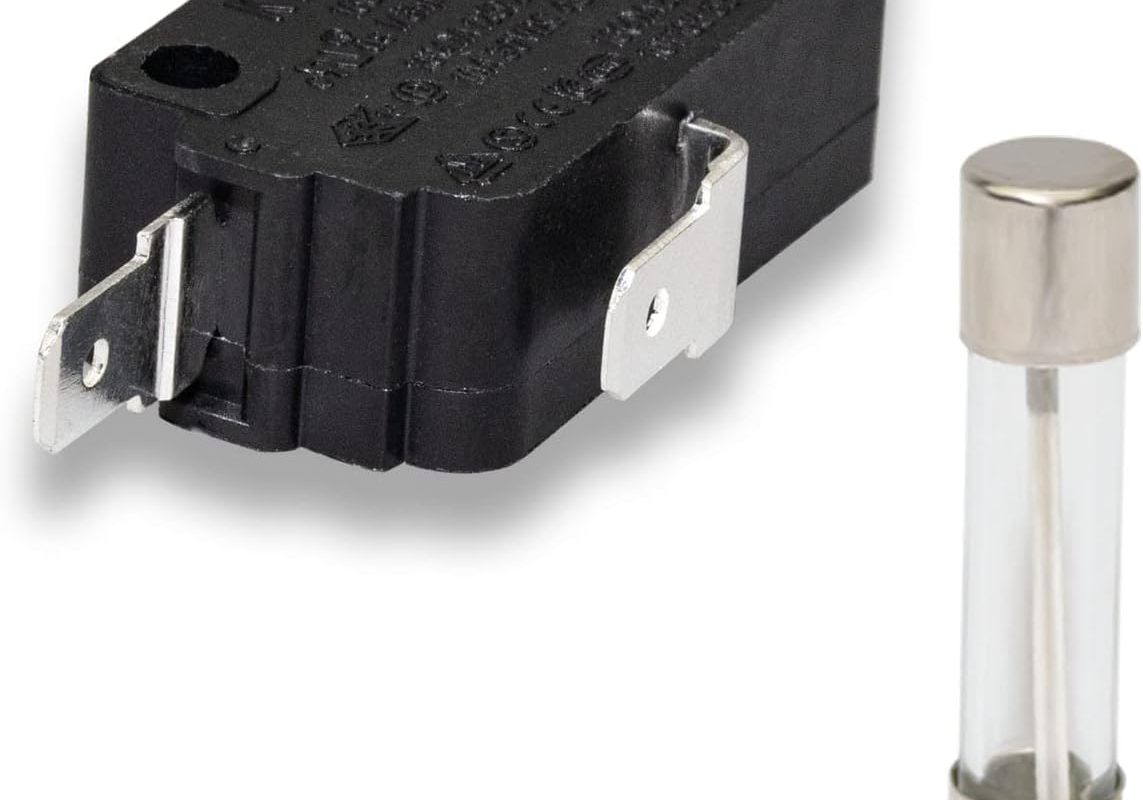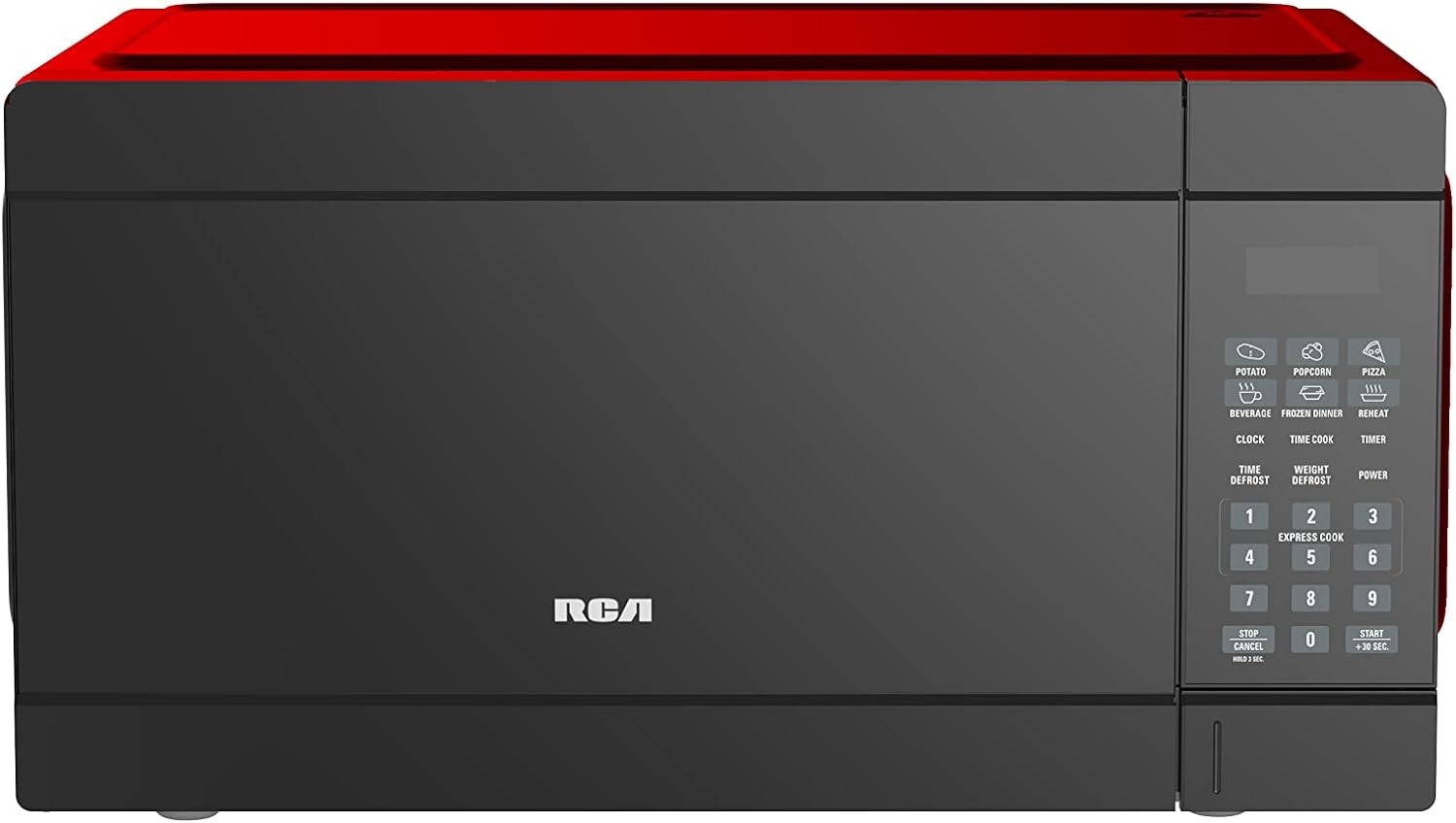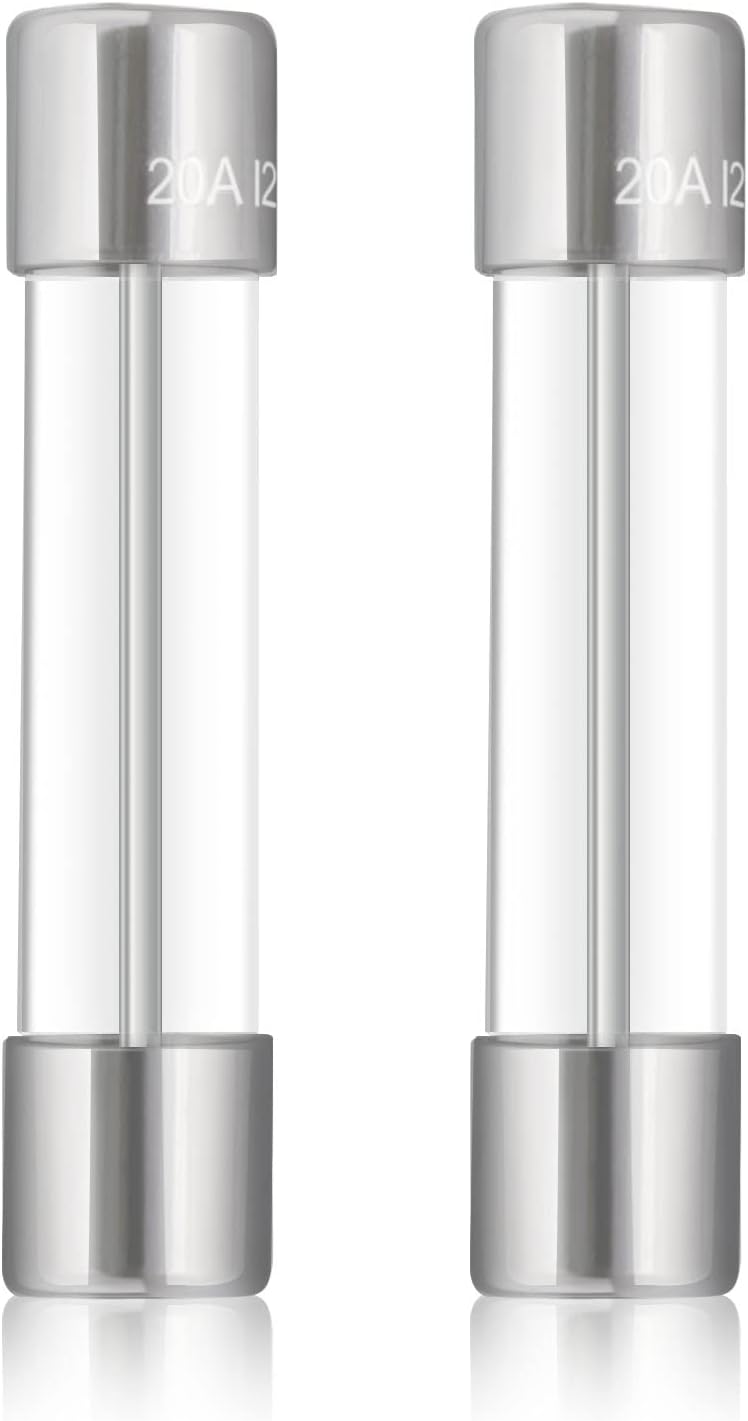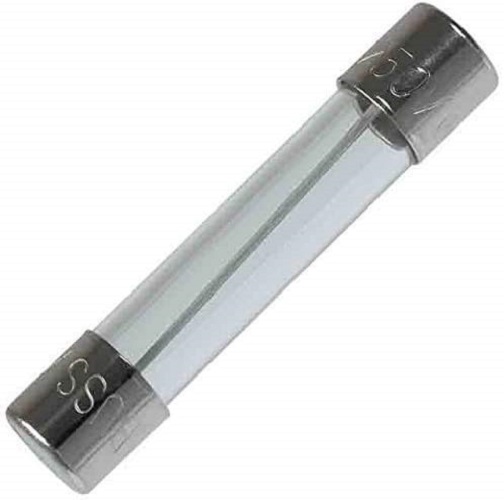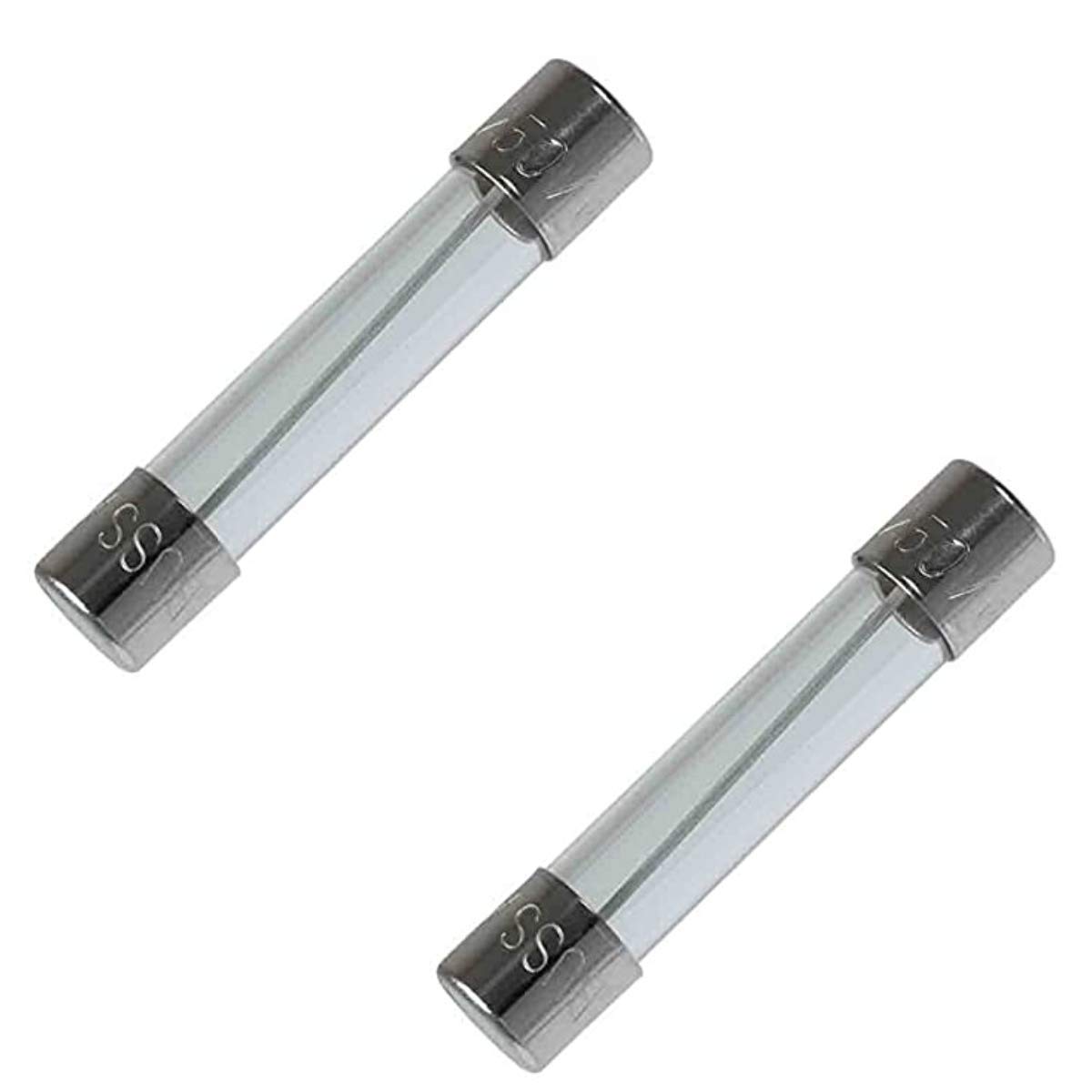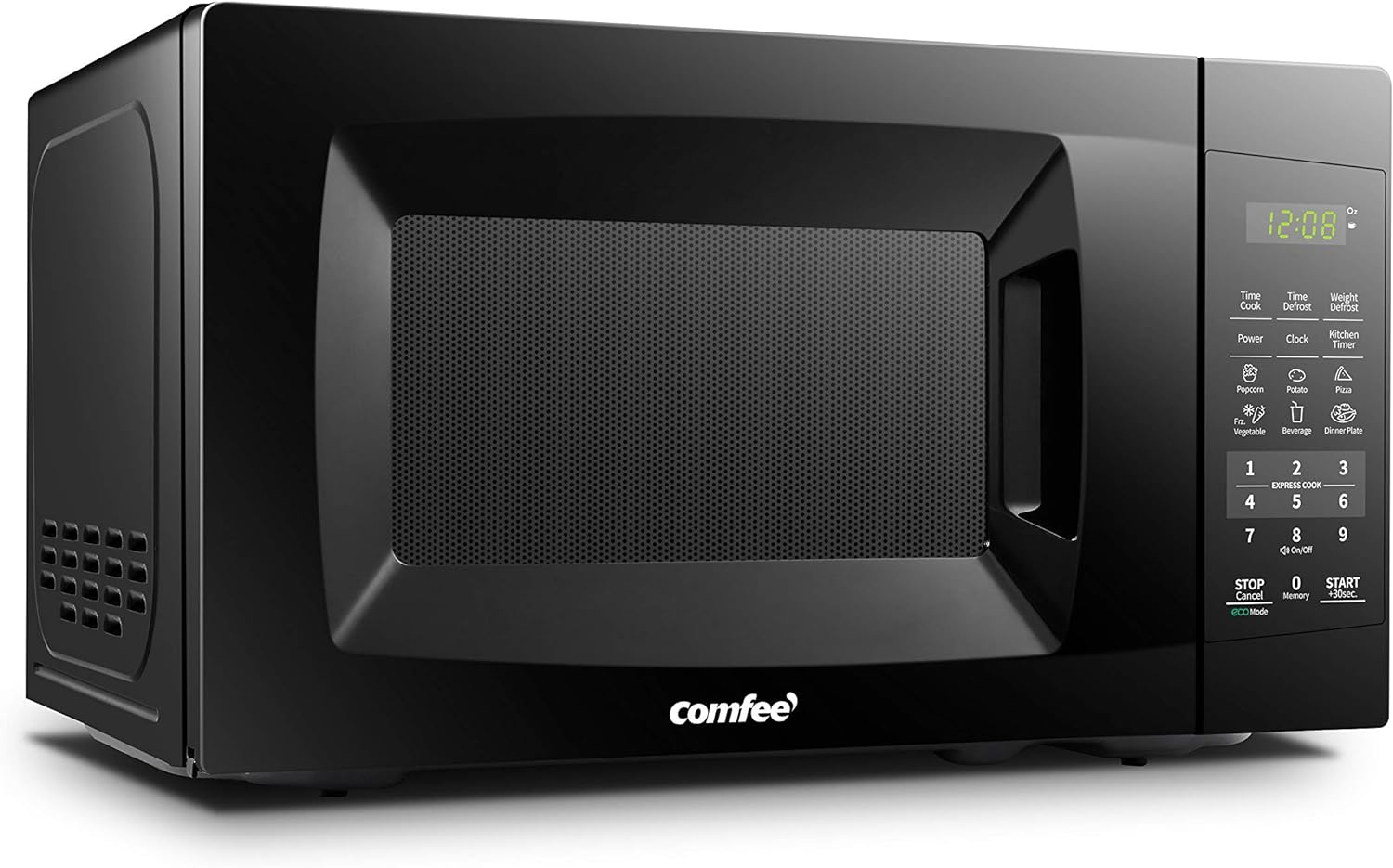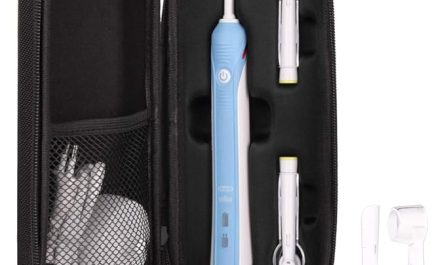Introduction:
Microwave ovens are widely used kitchen appliances known for their quick and efficient cooking capabilities. Many people wonder if microwaves have fuses as part of their internal components. In this article, we will explore whether microwaves have fuses, the purpose of these fuses, their location, common fuse-related issues, and the importance of proper maintenance and professional assistance when dealing with fuses in microwave ovens.
Do microwaves have fuses?
The Presence of Fuses in Microwaves:
Microwave ovens do have fuses as part of their electrical systems. These fuses serve as a safety measure to protect the appliance and prevent potential electrical hazards.
Purpose of Fuses in Microwaves:
The primary purpose of fuses in microwave ovens is to prevent excessive electrical current from flowing through the circuitry. In the event of a power surge or electrical malfunction, the fuse acts as a safety device by interrupting the electrical flow and preventing damage to the appliance or potential hazards such as fires or electric shocks.
Location of Fuses in Microwaves:
The location of fuses in microwave ovens can vary depending on the model and design. Common locations include:
a. Control Panel: In some microwaves, the fuse is located within the control panel area, usually behind the display or keypad. This is a convenient location for easy access and replacement.
b. Power Cord: Other microwaves have the fuse located near the power cord connection point. This location allows for quick interruption of the electrical supply in case of a power surge or other electrical issues.
c. Internal Wiring: In certain microwave models, the fuse may be embedded within the internal wiring, generally closer to the power supply or control circuits. This location requires more complex disassembly to access and replace the fuse.
Common Fuse-Related Issues:
Fuses in microwave ovens can experience issues due to various factors. Some common fuse-related issues include:
a. Blown Fuses: When a power surge or electrical malfunction occurs, the fuse may blow as a protective measure. This can result in a loss of power or complete shutdown of the microwave.
b. Overloaded Circuit: If the microwave is connected to a circuit that is already overloaded with other appliances or devices, it can cause the fuse to blow. This is an indication that the electrical system is unable to handle the power demands of the microwave.
c. Faulty Components: When there are faulty components within the microwave, such as a defective power supply or control board, it can cause excessive electrical current to flow through the circuitry, leading to blown fuses.
d. Wiring Issues: Poor or damaged wiring within the microwave can cause electrical problems, including blown fuses. Faulty wiring can result from wear and tear, improper installation, or damage due to physical impact.
Importance of Proper Maintenance:
Proper maintenance of microwaves is essential to minimize the risk of fuse-related issues. Consider the following tips for maintaining your microwave:
a. Regular Cleaning: Clean the interior and exterior of the microwave regularly to prevent debris, grease, or other contaminants from affecting the electrical components.
b. Avoid Overloading Circuits: Ensure that the microwave is connected to a dedicated circuit or a circuit that can handle the power demands. Avoid connecting other high-power devices to the same circuit to prevent overloads.
c. Inspect Wiring: Periodically inspect the power cord and internal wiring for any signs of damage, wear, or loose connections. Address any issues promptly and seek professional assistance if needed.
d. Follow Manufacturer’s Instructions: Adhere to the manufacturer’s instructions regarding usage, maintenance, and safety precautions. This includes properly grounding the microwave and avoiding modifications or repairs without professional guidance.
e. Professional Servicing: If you suspect any electrical issues or encounter problems with the microwave, seek professional servicing from a qualified technician. Attempting to repair or replace fuses without proper knowledge or skills can be dangerous and may void the warranty.
Replacing Fuses in Microwaves:
If the fuse in your microwave blows or malfunctions, it may need to be replaced. It is important to follow proper procedures and safety precautions when replacing fuses:
a. Power Disconnection: Before attempting any repairs, unplug the microwave from the power source to ensure your safety.
b. Accessing the Fuse: Depending on the location of the fuse, you may need to disassemble parts of the microwave, such as the control panel or access panel, to access the fuse.
c. Fuse Identification: Identify the specific type and rating of the blown fuse. The fuse should be replaced with the same type and rating to ensure compatibility and safety.
d. Replacement Procedure: Carefully remove the blown fuse and insert the new fuse following the manufacturer’s instructions. Ensure that the fuse is securely installed.
e. Professional Assistance: If you are uncomfortable or unsure about replacing the fuse yourself, it is recommended to seek professional assistance from a qualified technician. They have the expertise and knowledge to safely handle electrical components and ensure proper installation.
Importance of Professional Assistance:
Dealing with fuses in microwave ovens can be hazardous, especially for individuals without proper training or experience in electrical repairs. Professional assistance offers several benefits:
a. Safety: Professional technicians have the necessary knowledge and expertise to handle electrical components safely. They can identify potential hazards and take appropriate precautions during repairs or replacements.
b. Expertise: Technicians are trained to diagnose and resolve electrical issues effectively. They can accurately assess fuse-related problems, identify any underlying causes, and perform proper repairs or replacements.
c. Warranty Considerations: Attempting to repair or replace fuses on your own may void the warranty of the microwave. Professional assistance ensures that repairs are done according to manufacturer guidelines, preserving warranty coverage.
d. Peace of Mind: Utilizing professional services provides peace of mind, knowing that the repairs or replacements are done correctly and that your microwave is safe to use.
Prevention and Troubleshooting:
To prevent fuse-related issues in your microwave oven, consider the following prevention and troubleshooting tips:
a. Power Surge Protection: Use surge protectors or power conditioners to protect your microwave from electrical surges, which can potentially blow the fuse.
b. Avoid Overloading Outlets: Do not plug multiple high-power appliances into the same outlet to prevent circuit overloads, which can cause fuses to blow.
c. Check Other Appliances: If you experience frequent fuse blowing in your microwave, it may indicate an issue with the electrical circuit or power supply in your home. Check other appliances and circuits to identify any potential electrical problems.
d. Test with Different Outlet: If your microwave repeatedly blows fuses, try plugging it into a different outlet to see if the issue persists. This can help determine if the problem lies with the microwave or the electrical supply.
e. Consult the Manual: Refer to the user manual of your microwave for specific troubleshooting steps and guidance. The manual may provide troubleshooting tips for common fuse-related issues or offer instructions on how to reset the microwave after a blown fuse.
Importance of Proper Replacement:
When replacing fuses in your microwave, it is crucial to follow proper procedures and guidelines:
a. Fuse Compatibility: Ensure that the replacement fuse is compatible with your microwave model. Consult the manual or seek assistance from the manufacturer to identify the appropriate fuse type and rating.
b. Correct Fuse Installation: Follow the manufacturer’s instructions to correctly install the replacement fuse. Improper installation can lead to electrical malfunctions or safety hazards.
c. Quality and Authenticity: Purchase replacement fuses from reputable sources to ensure their quality and authenticity. Substandard or counterfeit fuses can compromise the safety and performance of your microwave.
d. Avoid Temporary Fixes: It is essential to replace blown fuses with new ones rather than using temporary fixes, such as bypassing the fuse or inserting a higher-rated fuse. These practices can pose serious safety risks and damage the microwave further.
Conclusion:
Microwave ovens do have fuses as part of their electrical systems. These fuses serve as protective measures to prevent electrical hazards and damage to the appliance. Proper maintenance, including regular cleaning and avoidance of circuit overloads, is essential to minimize fuse-related issues. In the event that a fuse blows or malfunctions, it is important to follow safety precautions and either replace the fuse following manufacturer instructions or seek professional assistance. By prioritizing safety and proper maintenance, you can ensure the effective and safe operation of your microwave oven.

